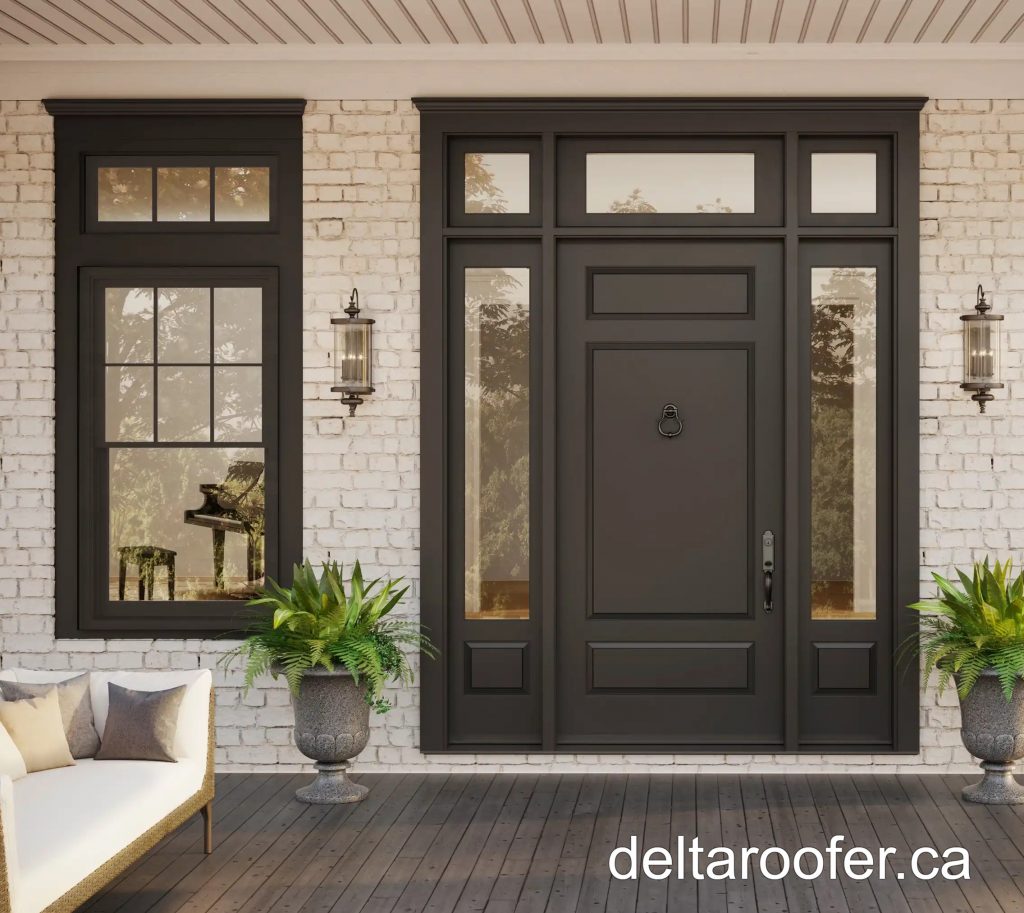Transom windows: The history and modern use of transom windows in architecture and design
Transom windows are small, narrow windows that are typically placed above doors or other larger windows. They have a rich history that dates back centuries, and they are still used today in both traditional and modern architecture. In this blog post, we will explore the history and modern use of transom windows in architecture and design.
History of Transom Windows
The use of transom windows can be traced back to the Middle Ages, where they were primarily used in churches and other religious buildings. They were used to provide additional light and ventilation to the building, and also to create a sense of height and grandeur.
During the Renaissance, transom windows became more common in secular buildings as well. They were often used in the upper floors of buildings, where they provided additional light and ventilation without sacrificing privacy. Transom windows were also used in the facades of buildings, where they added a decorative element to the design.
In the 19th century, transom windows became a common feature in residential architecture. They were often used above entry doors to provide additional light and ventilation to the interior of the home. In addition to their functional benefits, transom windows also added a decorative element to the facade of the home.

Modern Use of Transom Windows
Today, transom windows are still used in both traditional and modern architecture. They are often used in entryways and foyers to provide additional light and create a sense of height and grandeur. Transom windows are also used in living rooms, kitchens, and other areas of the home where additional light and ventilation are desired.
In modern architecture, transom windows are often used in a more minimalistic way. They are often combined with larger windows or sliding doors to create a sense of openness and connection with the outdoors. Transom windows can also be used to create a sense of depth and dimensionality in the design.
In addition to their use in residential architecture, transom windows are also commonly used in commercial and institutional buildings. They are often used in office buildings to provide additional light and ventilation to interior spaces, and also to add a decorative element to the facade of the building.
Transom windows are available in a wide variety of styles and materials. They can be made from wood, vinyl, or aluminum, and can be customized to match the style and design of the building. Some transom windows are fixed, while others can be opened to provide additional ventilation.
Conclusion
Transom windows have a rich history in architecture and design, and they continue to be used today in both traditional and modern buildings. They provide additional light and ventilation to interior spaces, while also adding a decorative element to the facade of the building. Whether used in a traditional or modern context, transom windows are a versatile and functional design element that can enhance the beauty and functionality of any building.